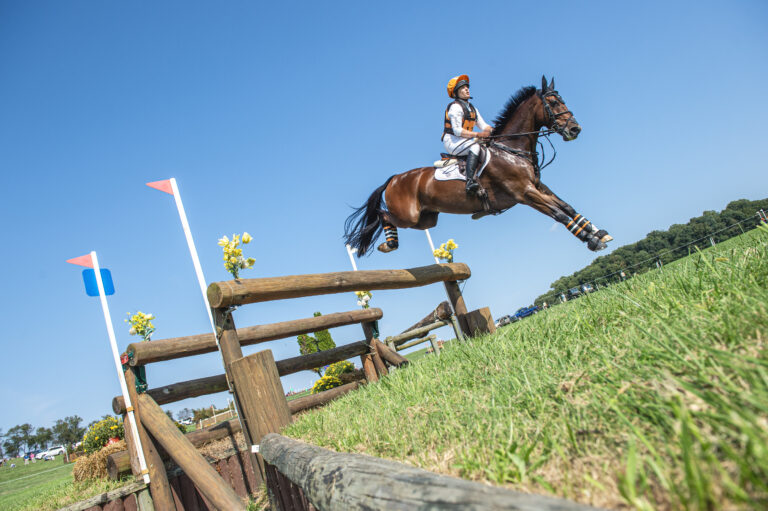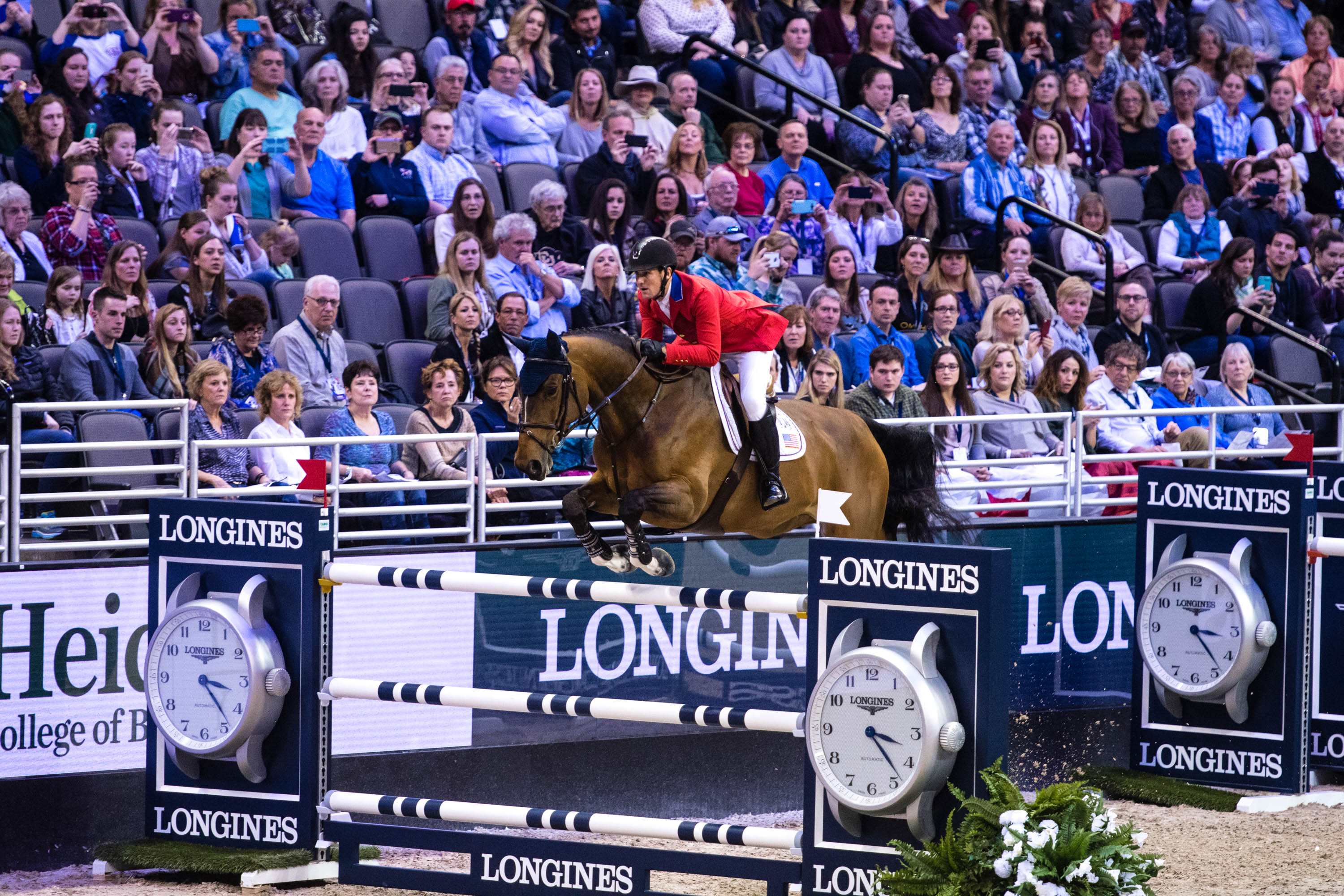
You can sum up the 2017 Longines FEI World Cup™ Jumping Final in one key word: “Vindication.” It applies not only to McLain Ward’s long-awaited victory in sweeping each phase of the Final with perfect performances from HH Azur but also to the outstanding way the championship was presented in Omaha, Nebraska.
When the venue for the Longines FEI World Cup™ Jumping Final and the FEI World Cup Dressage Final was announced three years ago, there was an abundance of skeptics—many of whom were unable to find the Midwestern city on a map. How could Omaha, with no history of presenting championship equestrian competition, hope to match such previous hosts as Vienna, Berlin and Las Vegas?
As it turned out, Omaha didn’t just match what they did, it blew them away.
“Omaha has set a new standard for what a World Cup Final should be,” FEI Secretary General Sabrina Ibáñez enthused in assessing the competition at the CenturyLink Center, calling it “one of the best championships our sport has ever seen.”
FEI World Cup Director John Roche joined in the praise, saying, “This event was a shining example of how every championship should be presented.”
Paris, host of both the 2018 jumping and dressage finals, has its work cut out for it in the wake of Omaha’s success.
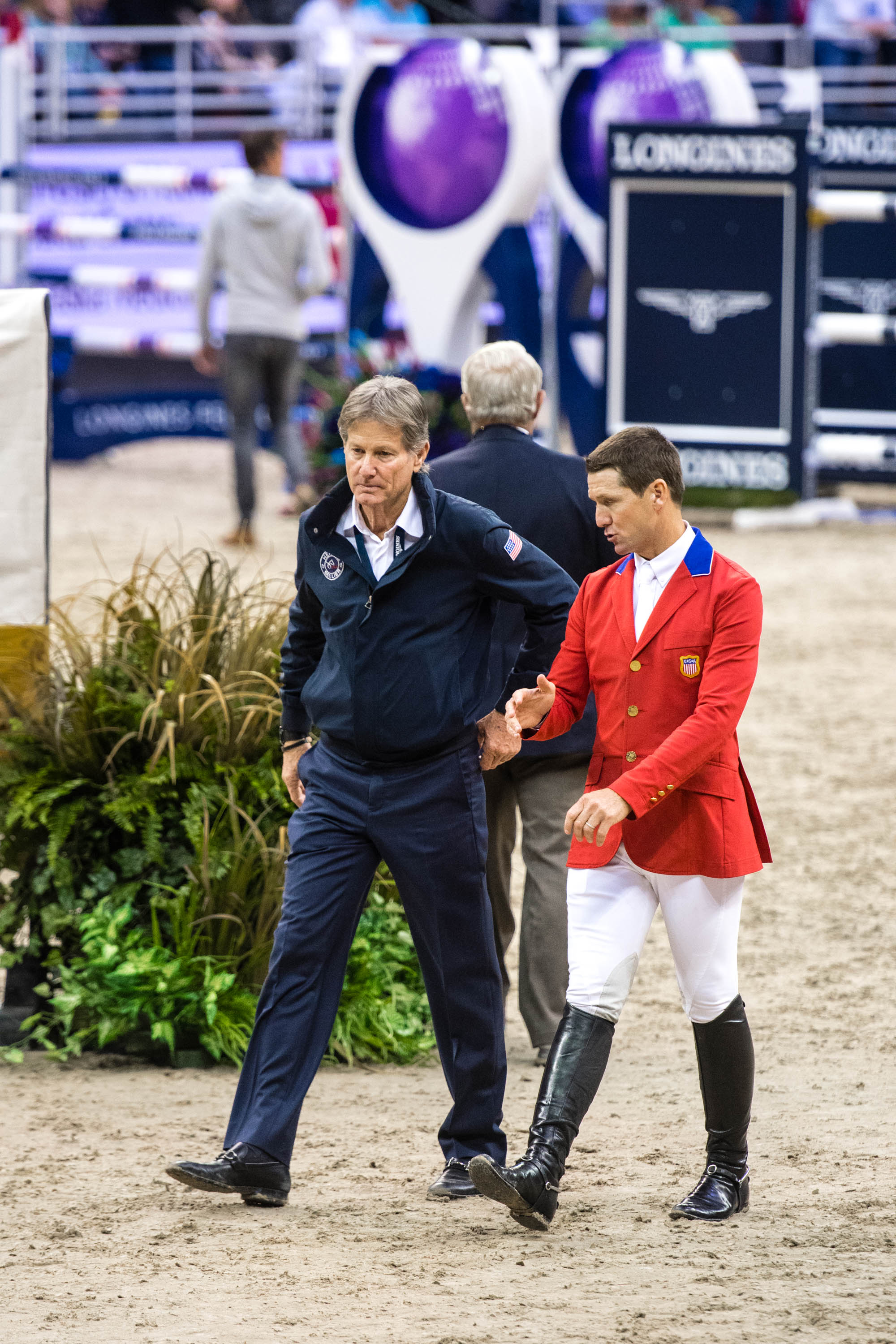
At the center of the success is Lisa Roskens, founder of the Omaha Equestrian Foundation that she chairs and which put on the event. Part of her long-term ambition involves creating more interest in the sport, particularly in her part of the country. That happened in a big way at the Final where entertainment and education played significant roles alongside athletic performances.
Locating the warm-up ring in the midst of the 140-vendor trade fair gave fans a chance to see their equestrian idols in a different light and glimpse what it takes to put on a winning performance. Having the stabling, hand-walking and longeing areas under the same roof as everything else made life easier for riders, trainers and grooms, who never had to step out in the rain because the arena was linked to their hotel by a sky bridge.
McLain Takes Command
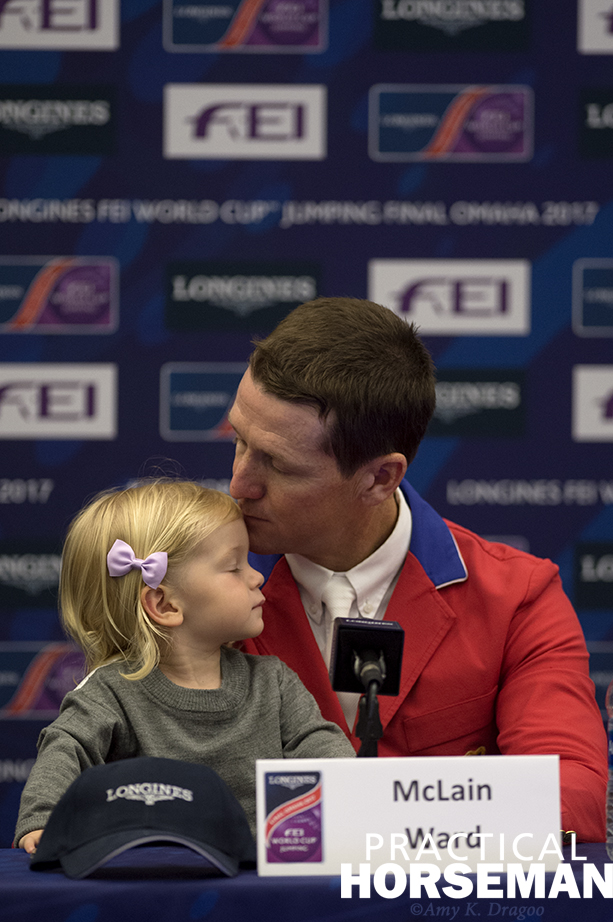
With everything in place for great performances, including courses by popular master designer Alan Wade of Ireland, McLain took command and finally realized a dream on his 17th attempt to claim the title. “I’ve been doing this a long time and felt that I’ve been very close so many times and in one way or another messed it up,” he said. “But one thing about sports is, no matter what our challenges are, you have to move forward—and you have to move on. I’ve been a fighter, a digger and a grinder my whole career and I tried never to give up.”
He was part of a field that had five of the riders in the March Longines FEI Rankings top 10, including himself. The others were France’s Kevin Staut and Simon Delestre and Marcus Ehning and Ludger Beerbaum of Germany. Missing was fellow American Kent Farrington, rated No. 2 and the winner of the Longines FEI World Cup™ Jumping North American League’s East Coast Sub-League. Kent stayed home because he didn’t think his best equine candidate for the task, Creedance, would be ready for the demands of the World Cup.
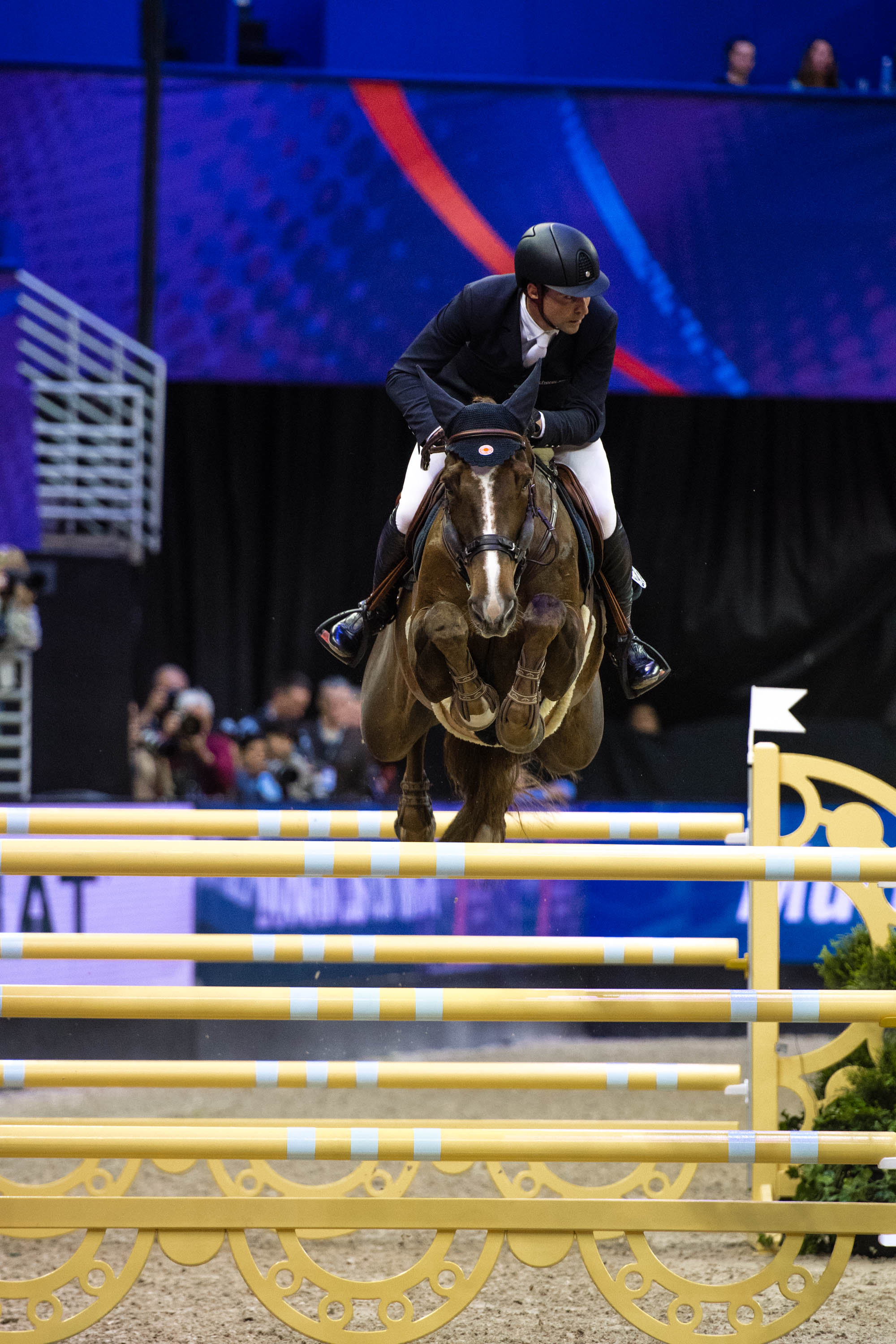
The top three on the podium all were aboard mares. Switzerland’s Romain Duguet finished second, one rail behind McLain, on the relatively inexperienced 10-year-old Twentytwo des Biches. The Selle Francais’ name drew a lot of comment, but there’s a simple explanation. She is out of a mare named Twenty One and Biches is an area of central France. Third went to Sweden’s Henrik von Eckermann on Mary Lou. The 11-year-old Westfalen had a total of eight faults throughout the Final.
The three leaders and four other contenders were double-clear on Sunday, a testament to the talents of the course designer. Many of the horses jumped better after three days of competition than when they started. “I wanted them to leave in a good fashion over big fences and head to the next show,” Alan said. “My main concern is horses. I look after horses. If riders want to make mistakes, I don’t want to see them get in trouble.
“The riders will be blaming themselves for the faults they created earlier in the week that put them out of the championship and not the ground and not the fences and hopefully not me.”
McLain’s triumph was the first by an American in a World Cup held on home turf since Conrad Homfeld took the second renewal of the competition in Baltimore 37 years ago. The victory boosted McLain to No. 1 in the world rankings and paved the way for his next goal—gold in front of another home crowd at the 2018 World Equestrian Games in Tryon, North Carolina.
The Strategic Plan
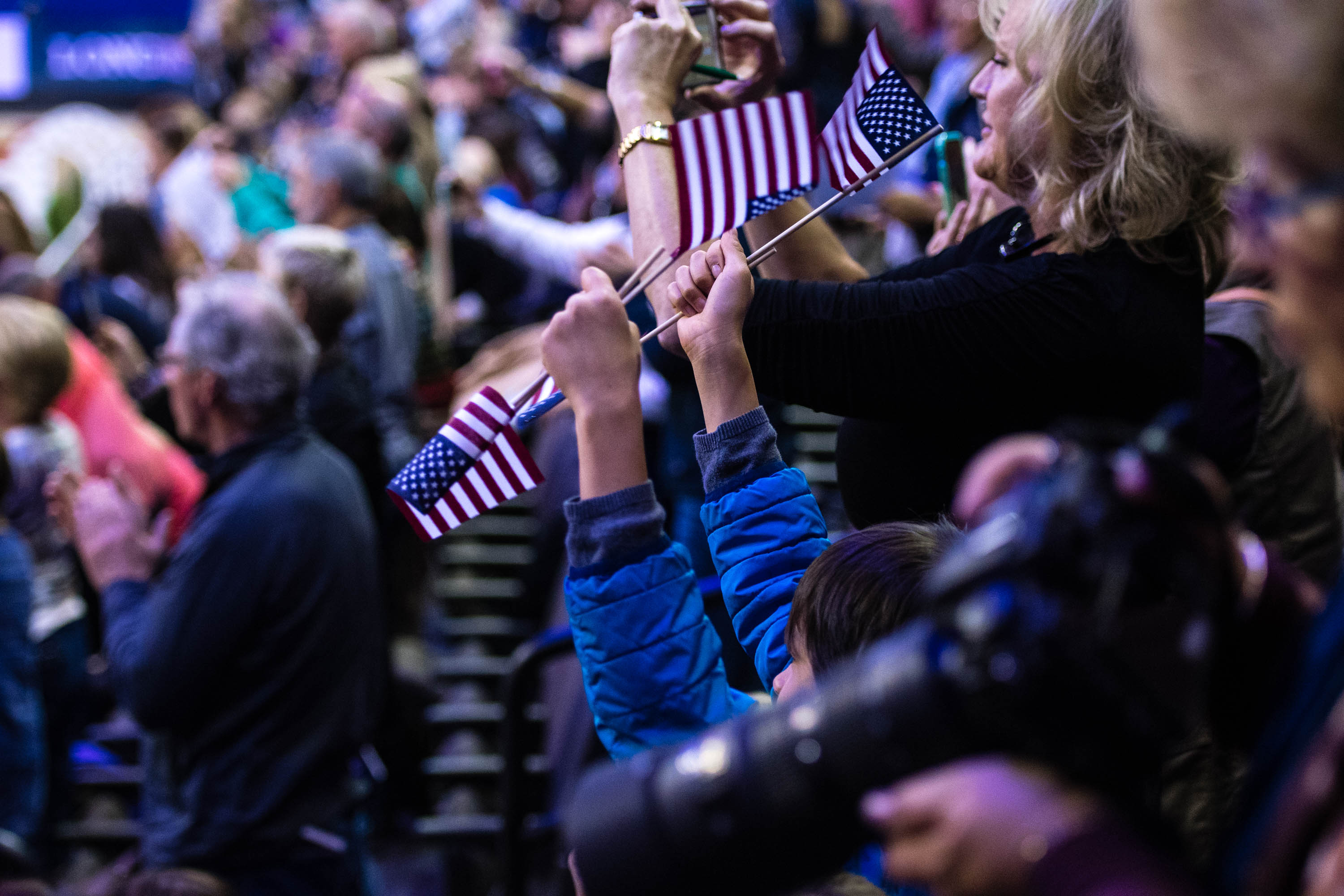
The dynamic Lisa Roskens had a goal that went beyond the Final, wanting to use the event as a springboard for a legacy that will build up the sport in the Midwest via a five-year strategic plan.
“We asked to host the World Cup Finals for a very specific reason, which is growing the sport in the region,” noted Lisa, CEO of Burlington Capital, an investment and real-estate management firm. “Part of the goal also is to develop Omaha into a hub of the sport-horse industry by attracting championship competitions and educational and economic-development opportunities for the community.”
The greatest benefits could include developing high-performance athletes and horses in both show jumping and dressage. At the same time, Lisa said, “We really believe this sport should be more in the mainstream in this country, much like it is in Europe. And we want to present it with more of a mainstream sports mindset.”
Keeping the situation in perspective, she noted, “If you look at the major hubs in our industry, they weren’t here 30 to 40 years ago. They started because something happened there and someone kept things happening there. We believe that this is that something for us.”
Initiatives will include a nationally televised “In It to Win It Speed Jumping Series” to build the sport to a higher level in the region. The concept consists of faults-converted speed competitions held at five existing events in Illinois, Missouri (2), Kentucky and Colorado from September through February with a final in April during the annual International Omaha show at CenturyLink.
Other initiatives include creating more opportunities for high-performance equestrian athletes from the Midwest while developing Young Riders with “a clear path from ground rails to grand prix,” including building educational opportunities and scholarships.
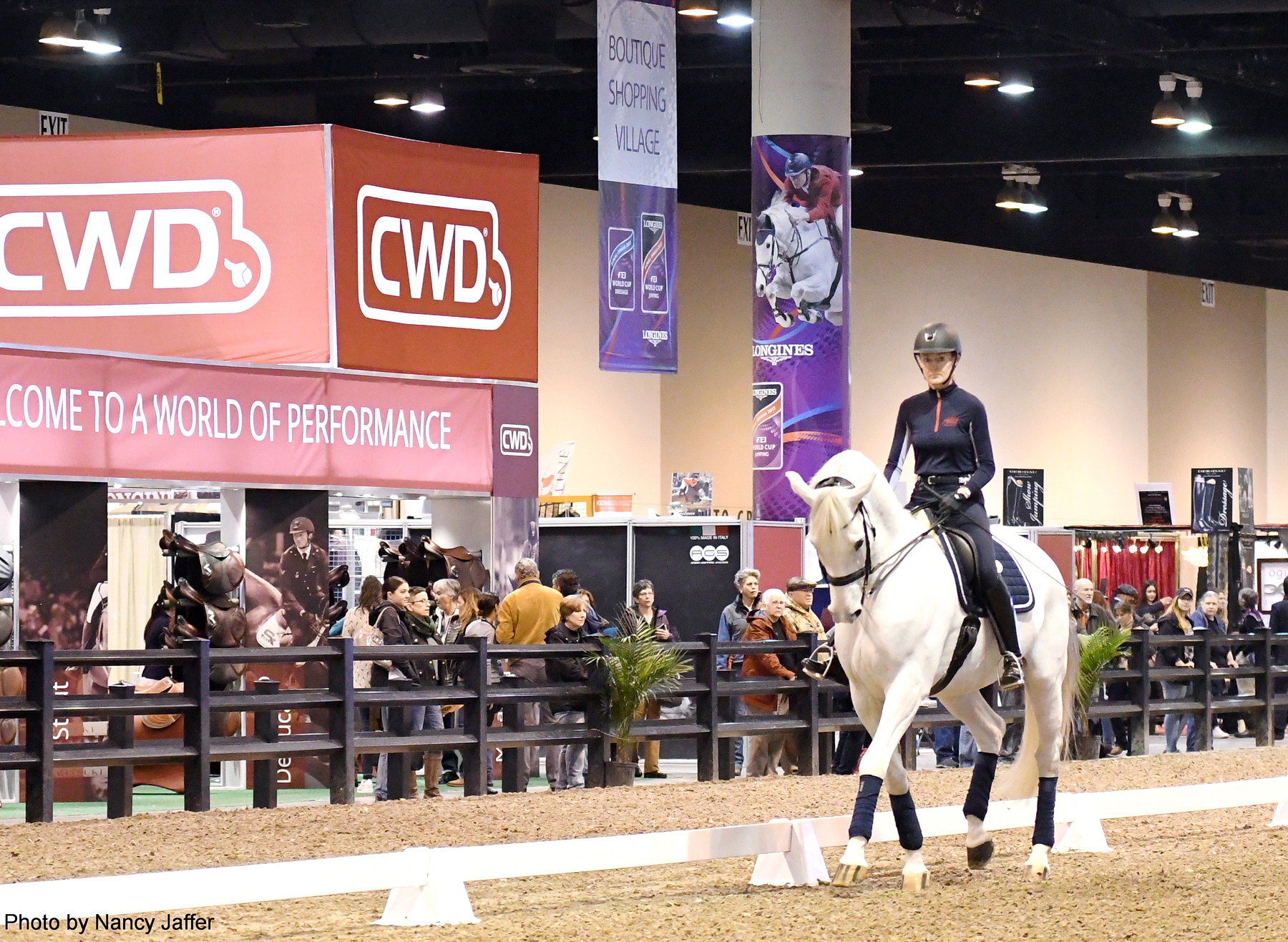
It also calls for a system where young horses can be developed inexpensively yet still benefit from a quality experience. Three facilities will host a total of seven events where young horses can get mileage over top-notch courses for the price of a day ticket, dispensing with extraneous fees that make showing and bringing along young horses in this country so expensive.
Dressage also will be in the mix, with a scholarship that will enable a regional dressage rider to bring a horse to Omaha during the annual show. The scholarship winner will take lessons with a CDI rider during that time and also shadow the person as they work with his or her own horse.
In many ways, the 2017 Final was about innovation, taking a tradition and giving it a different look. Lisa said she was grateful the sport was open to change. And her hometown now has a different view of the sport she loves because of what the Final brought to Omaha.
“The outpouring of appreciation from the city is really almost overwhelming. People are very, very appreciative. I feel a little bit embarrassed that they’re thanking me. It was the people of Omaha and all of the companies and foundations that really made it happen,” Lisa commented.
Will the World Cup return to Omaha? Perhaps, but only if there is the right rationale for holding it again, Lisa said. If it does happen, don’t look for it before 2022.
The next time the Finals are scheduled for America is 2020 in Las Vegas, where they will be in the MGM Hotel, a different venue than the Thomas & Mack Center that hosted them in 2000, 2003, 2005, 2007, 2009 and 2015. Representatives of Las Vegas Events, which runs the World Cup in Nevada, were on hand in Omaha for the game-changer, so the odds are they will have brought back some ideas that may enhance their next venture with the indoor championships.
As Melanie Smith Taylor, 1982 winner of the Final on Calypso, said while commentating on NBC, “The world came to Omaha not knowing what to expect … and left with memories of nail-biting competition in a spectacular facility topped off with a good old dose of Midwestern hospitality.”
Putting On a Show
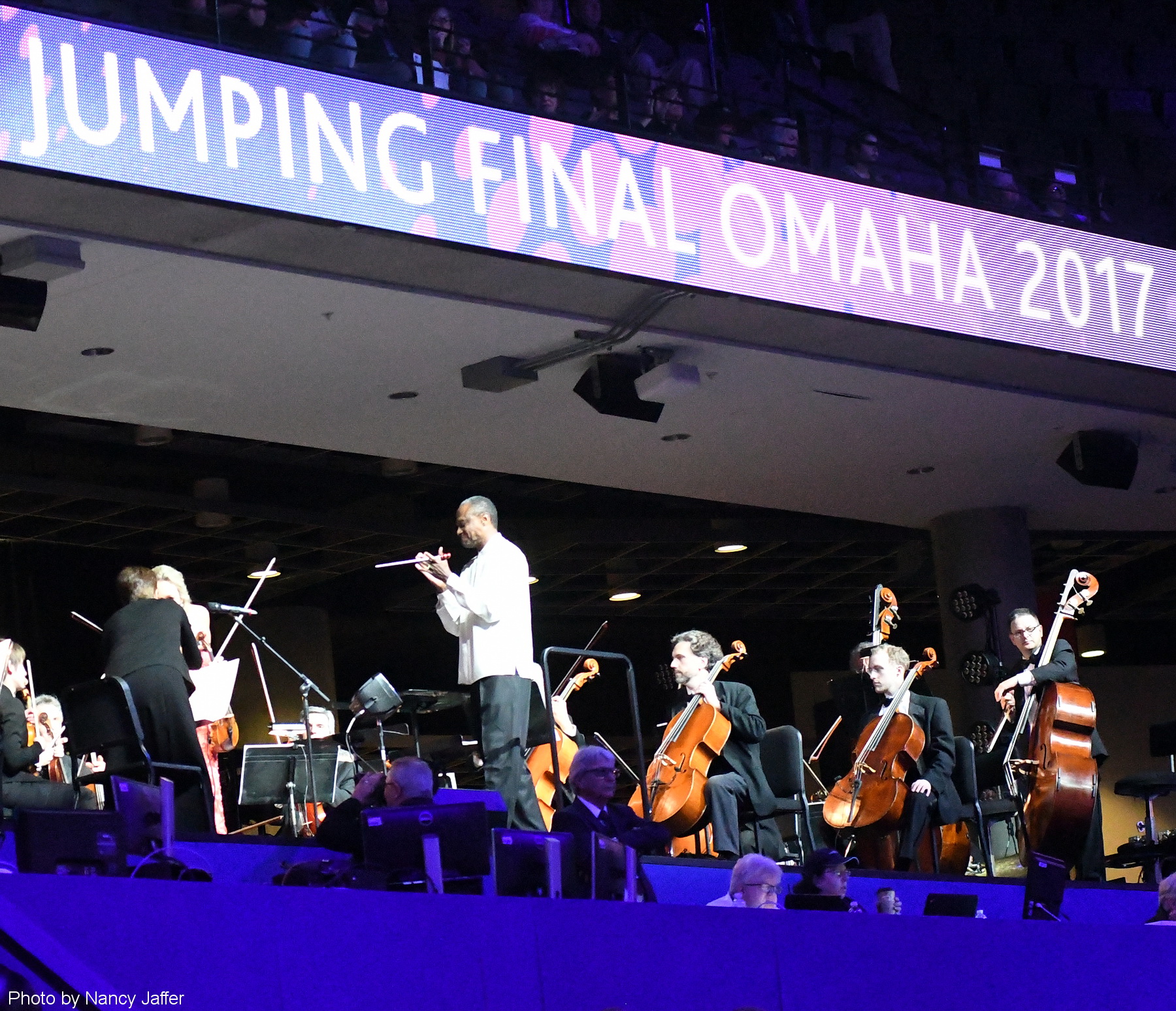
Contrary to what some may have expected, there’s plenty to do in Omaha. Opportunities abound for good steak dinners and there’s a variety of other kinds of dining in the Old Market area, a short walk from CenturyLink Center. Sightseeing possibilities included several museums, Lauritzen Gardens and the Henry Doorly Zoo and Aquarium, where the World Cup’s draw party and after-party were held.
But organizers weren’t relying on just the city’s attractions to make sure show-goers were entertained. They drew on cultural organizations, such as the first-rate Omaha Symphony; the Rose Theater, which features young performers; Opera Omaha; the Frontier Strings and others during the course of the show.
Saturday is always a rest day for the horses jumping in the Final, who compete on Thursday and Friday, then return for the two-round final on Sunday.
So Saturday night is an opportunity for innovation. It was headlined by Chip Davis, who lives on a farm outside Omaha, and the distinctive music of his Mannheim Steamroller, which blends elements of classical music with new age and rock.
Also on the program was a chance to showcase a bit of World Cup history live. NBC commentator Melanie Smith Taylor, the 1982 winner of the World Cup on Calypso, had let Lisa Roskens know that when former World Cup winners came to watch the Final over the years, no one ever recognized or mentioned them.
“I thought that was sad, for them to have been so forgotten,” Melanie recounted. “So Lisa decided to honor all previous World Cup winners with an introduction on Saturday night. She wrote letters to each one in advance and offered tickets to the show and a complimentary hotel room on Saturday night. For obvious reasons, many were unable to attend, but I thought it was such a nice gesture.’’
Melanie became part of the program when the announcer walked former winners out to the center of the arena and introduced them to the crowd for a unique bit of audience/athlete engagement. She told the crowd her mother was from Iowa, so she felt she had Midwestern roots, a revelation greeted with cheers.
Germany’s Marcus Ehning, when asked if he thought he had the iconic equitation position for which everyone revered him, responded with humor, “Well, I don’t know. I am on the horse … and can’t see myself.” When Nick Skelton of Great Britain was asked about winning the Olympic individual gold medal last year at age 58, he responded: “It certainly took me long enough!”
The competitive aspect on Saturday night was the International Omaha Grand Prix. It was open to riders and/or horses who didn’t take part in the Final itself as well as those who dropped out or did not qualify for Sunday’s action.
The latter category included California rider Karl Cook, who retired Tembla in the first round of the Final and was cheered on by his girlfriend, “The Big Bang Theory” star and fellow rider Kaley Cuoco. Nicola Philippaerts of Belgium on H&M Harley vd Bisschop won, with Italy’s Lorenzo de Luca second on Limestone Grey in the 14-horse competition that was viewed by Omaha’s favorite son, Warren Buffet, and his buddy, Microsoft’s Bill Gates.
This article was originally published in the June 2017 issue of Practical Horseman.






